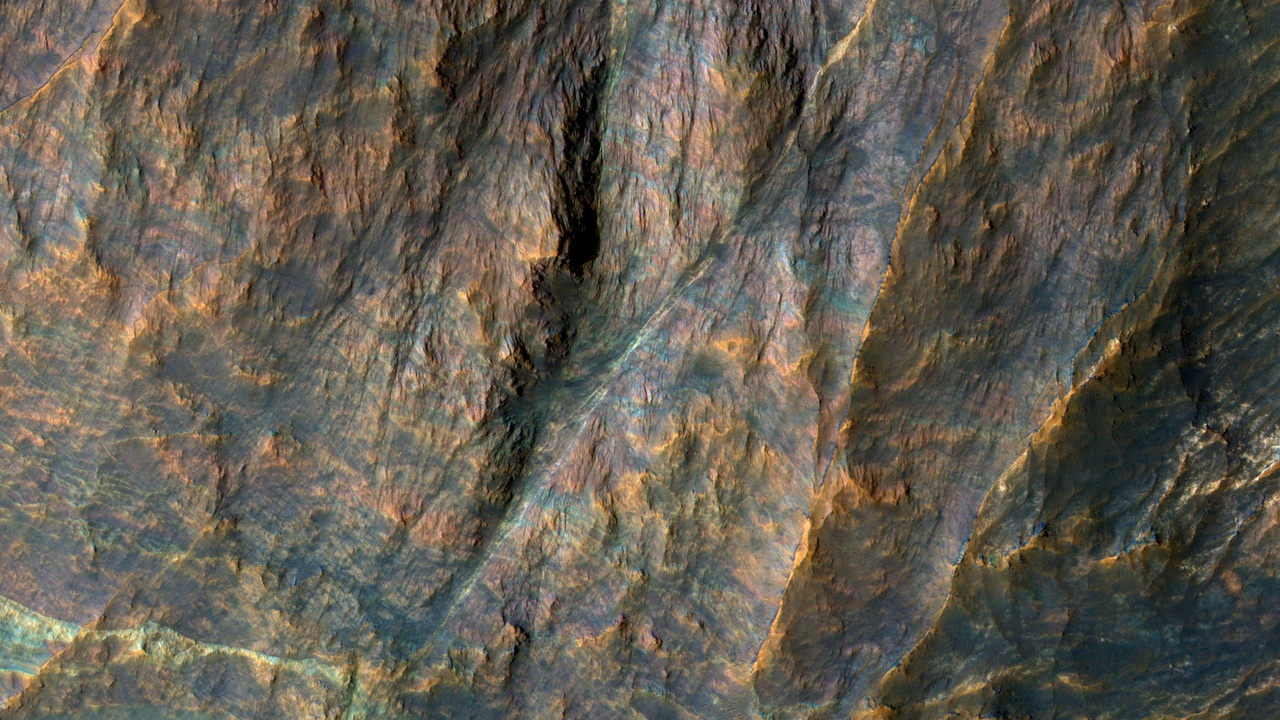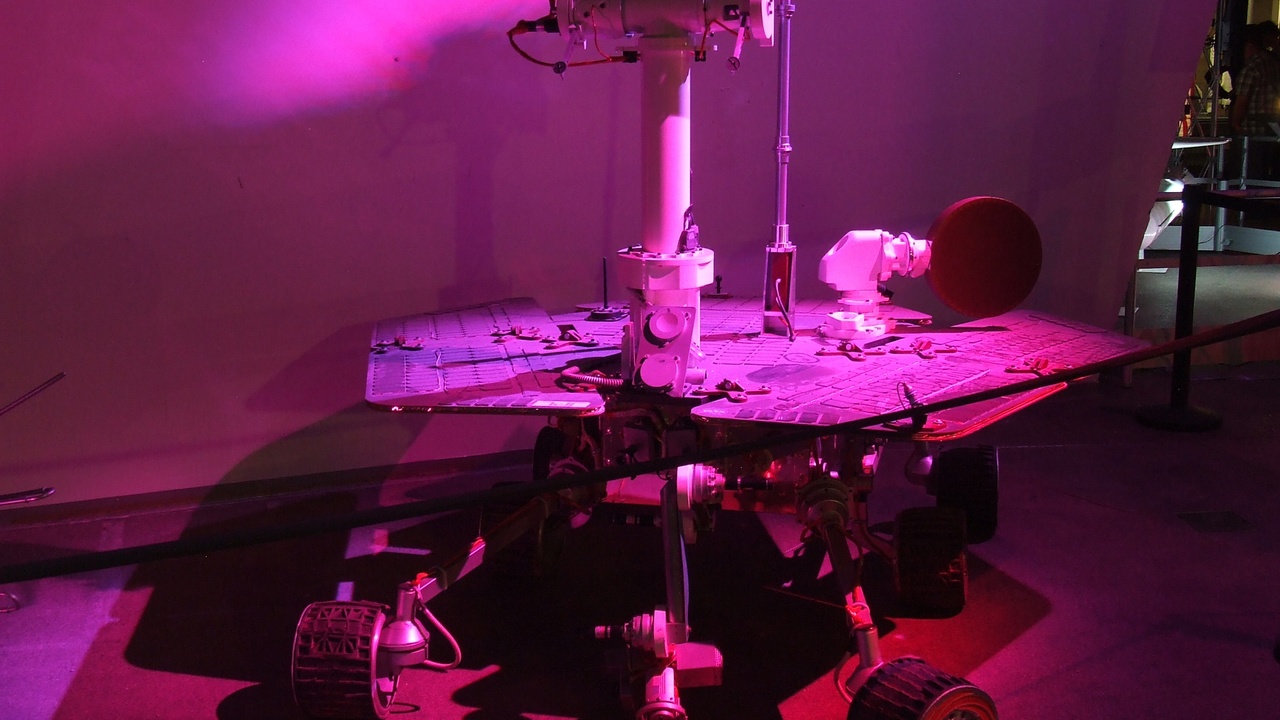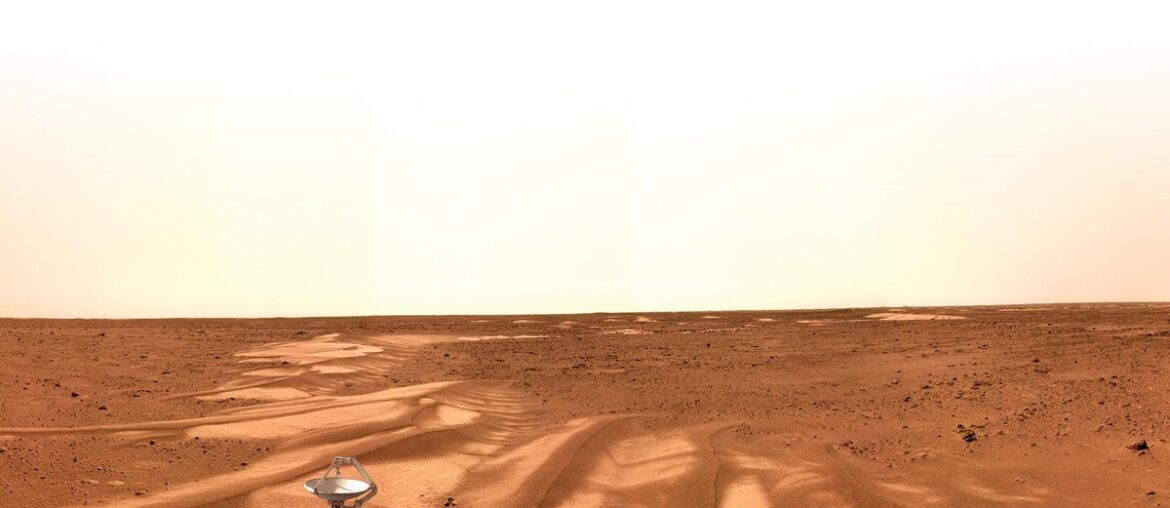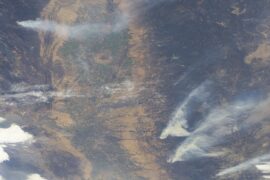On July 14, 1965, NASA’s Mariner 4 flew past Mars and returned 22 grainy images — the first close look at another world. Those photos turned Mars from a distant point of light into a real place in our minds.
Why does Mars still matter? Because it holds answers about planetary evolution, past water, and whether life could have arisen beyond Earth. It also serves as the proving ground for technologies humans will need off-world.
This piece presents ten carefully chosen facts about mars that span geology, climate, exploration history, and future potential. The list mixes numbers, mission names, and real science to show why the Red Planet fascinates scientists and the public alike.
Short, concrete, and rooted in mission data, each fact points to why researchers keep returning to Mars with orbiters, landers, and rovers. Read on for a compact tour of what makes Mars special.
Science and Surface: What Mars Is Made Of

This short tour covers surface chemistry, major landforms, and the strongest signs that water once flowed on Mars. These features matter because they record planetary evolution and point to where habitability studies should focus.
1. Iron-rich surface gives Mars its red color
Much of Mars’ distinctive red tint comes from iron oxides — effectively rust — coating the fine dust and soils. Orbital spectrometers and rover instruments have confirmed abundant iron-bearing minerals across the surface.
Rovers provided striking, concrete examples: Opportunity found hematite “blueberries” in Meridiani Planum, and Curiosity’s MAHLI and ChemCam analyzed drilled samples in Gale Crater that show iron-rich clays and oxides. Viking lander images also first hinted at the dusty, rust-colored plains.
Practical consequences follow. Dust that carries iron oxides reduces solar-panel output, scatters light, and affects visibility during landings and surface operations. Average surface temperature is roughly −63°C, and fine, sticky dust is an engineering headache.
2. Olympus Mons is the largest volcano in the solar system
Olympus Mons rises about 22 kilometers above the surrounding plain and spans roughly 600 kilometers across at its base. That makes it far taller than Mount Everest and far wider than any terrestrial volcano.
Topographic mapping from Viking and Mars Global Surveyor revealed the shield volcano’s gentle slopes and caldera complex. Scientists think low plate tectonics and a long-lived magma source allowed a single volcanic center to build so large on Mars.
These giant volcanoes record Mars’ thermal history and help researchers understand how planetary cooling and crustal structure differ from Earth’s.
3. Valles Marineris is a canyon system thousands of kilometers long
Valles Marineris stretches about 4,000 kilometers and plunges as deep as 7 kilometers in places. It’s orders of magnitude larger than Earth’s Grand Canyon and dominates the equatorial west of Tharsis.
Mariner missions first revealed the canyon system; later MRO images provided high-resolution views showing layered sediments and huge landslides. Geologists interpret Valles Marineris as a product of tectonic fracturing related to Tharsis uplift, with later modification by erosion and mass wasting.
Its scale and stratigraphy give scientists a cross-section through ancient crustal materials, useful for reconstructing environmental conditions over billions of years.
4. Clear signs of ancient water in dried riverbeds and hydrated minerals
Multiple lines of evidence point to liquid water in Mars’ past: branching valley networks, delta deposits, and hydrated minerals such as clays and sulfates. Orbital CRISM spectral mapping and rover chemistry back this up.
Curiosity’s work in Gale Crater since 2012 identified ancient lake-bed sediments. Perseverance landed in Jezero Crater in 2021 specifically to study a preserved river delta. Many of these deposits date to the Noachian era, about 3.7–4.1 billion years ago, when conditions were wetter.
Hydrated minerals (phyllosilicates) and delta stratigraphy matter because they are prime targets for detecting organic materials and for selecting samples for future return.
Climate and Atmosphere: A Cold, Thin World

Mars has a very thin atmosphere dominated by carbon dioxide, large temperature swings, and weather driven by dust and seasonal polar processes. The atmosphere shapes entry, surface conditions, and habitability considerations.
5. A thin atmosphere dominated by carbon dioxide (only ~0.6% of Earth’s pressure)
Mars’ surface pressure is roughly 0.6% of Earth’s mean sea-level pressure, and the air is about 95% carbon dioxide. These values come from Viking-era measurements and modern studies like MAVEN’s atmospheric research.
The thin air means weak greenhouse warming; the mean surface temperature is about −63°C, but daily extremes are large near the surface. Engineering implications are real: parachutes and aerobraking must be carefully designed, and winged flight is far more difficult than on Earth.
For habitats, low pressure and CO2 abundance make closed life-support systems and in-situ resource use essential considerations for sustaining humans on the surface.
6. Seasonal polar ice caps grow and shrink — and CO2 freezes out of the atmosphere
Mars has both water-ice and carbon-dioxide ice caps that vary with the seasons. In winter, CO2 can freeze onto the poles and then sublimate in spring, shifting atmospheric pressure regionally.
Phoenix (2008) directly detected water ice at high latitudes, and MRO and other orbiters have monitored the seasonal cap’s advance and retreat. Some polar regions even show evidence of sublimation-driven “geyser” activity beneath seasonal frost.
These cycles matter for climate models and for future resource use, since polar water ice could be mined for drinking water, oxygen, and fuel feedstock.
7. Planet‑wide dust storms can last for months and impact missions
Some dust storms on Mars grow to encircle the planet and can last for months. Mariner 9 arrived in 1971 during a global storm, and a major event in 2018–2019 covered large regions and ended Opportunity’s mission by blocking sunlight.
Global storms dramatically reduce solar power, change thermal conditions, and increase dust loading on equipment. Designers must plan for reduced visibility and power during dusty seasons when operating surface assets.
For future human missions, storms mean planners need robust power systems, dust mitigation, and contingency plans for long-duration reduced sunlight.
Exploration, Life, and Future: Why Mars Matters to Us

Robotic missions, meteorite studies, and technology demonstrations tie the science to practical goals: search for past life, retrieve samples, and test in-situ resource use for future human explorers.
8. Robotic missions have mapped, sampled, and changed our view — from Mariner 4 to Perseverance
Robotic exploration has advanced steadily: Mariner 4 (1965) gave the first close images; Viking landers arrived in 1976; Pathfinder landed in 1997; Spirit and Opportunity in 2004; Curiosity in 2012; InSight in 2018; and Perseverance in 2021.
These missions provided first-of-a-kind achievements: close-up imaging, in-situ chemical analysis, discovery of organics, and now sample caching for future return. More than a dozen successful orbiters and surface missions have built the dataset scientists use to plan Mars Sample Return.
Perseverance is actively caching core samples in sealed tubes to be fetched by a future campaign, turning robotic reconnaissance into an actual repository of Martian material for terrestrial labs.
9. Meteorites from Mars give scientists direct samples here on Earth
Impact events on Mars have launched rocks into space that later fell to Earth as meteorites. ALH84001, found in Antarctica in 1984, became famous after a 1996 paper suggested possible microfossil structures and organics — sparking intense debate.
Researchers have identified over 200 meteorites as Martian in origin, including shergottites, nakhlites, and chassignites. These samples let labs perform detailed isotopic and mineralogical studies impossible with remote instruments.
Meteorite studies provide ground truth for orbital spectroscopy and rover measurements and help calibrate age-dating and environmental reconstructions for Mars’ past.
10. Mars is the best near‑term target for human missions — and technologies like MOXIE show in‑situ resource potential
Mars is the most practical next destination beyond the Moon for sustained human exploration. Closest approaches can be around 54.6 million kilometers, transit times are typically 6–9 months, and surface gravity is about 0.38g.
On April 20, 2021, MOXIE on Perseverance produced oxygen from the Martian atmosphere — roughly 5 grams on its first run — the first demonstration of extracting O2 on another planet. That result shows how ISRU could supply breathing oxygen and rocket oxidizer.
Human missions will need reliable ISRU, robust habitats, and transport systems (both government and private proposals are active). Testing oxygen, water extraction, and power systems on Mars is a necessary step toward sustainable presence.
Summary
- Olympus Mons towers roughly 22 kilometers above the surrounding plain, dwarfing any volcano on Earth.
- Valles Marineris spans about 4,000 kilometers and exposes layered rocks that record major chapters of Martian geology.
- Multiple lines of evidence — valley networks, deltas, and hydrated minerals — point to significant liquid water on Mars during the Noachian era.
- Robotic missions from Mariner 4 (1965) to Perseverance (2021) have mapped, sampled, and even cached material; meteorites (over 200 identified) provide extra samples on Earth.
- Practical steps toward human missions are already underway: MOXIE produced oxygen in 2021, and ISRU will be central to future exploration.
Enjoyed this article?
Get daily 10-minute PDFs about astronomy to read before bed!
Sign up for our upcoming micro-learning service where you will learn something new about space and beyond every day while winding down.







